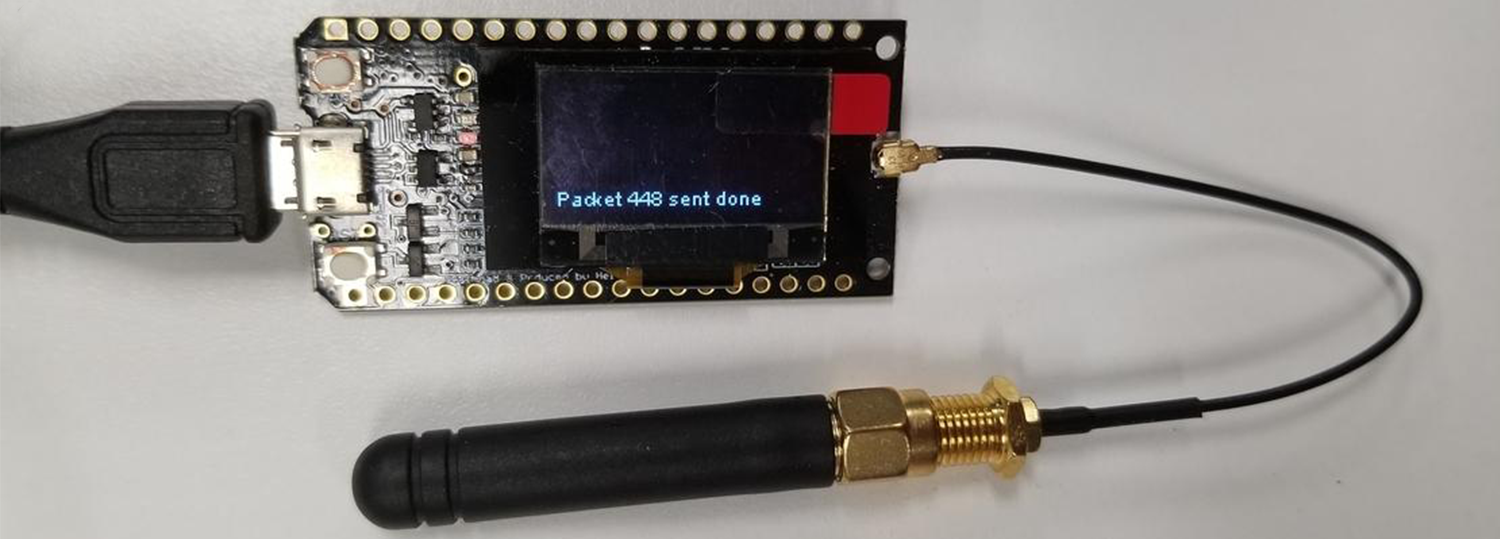This blog is written by Heather Marie (teacher in the RET program) and Raviteja Aechan (student in the young scholars program) and is part of their program activities.
The ASSIST Young Scholars and RET program began this week, and the participants are excited and eager to learn! This week the student and teacher duo working with Dr. Michael Lim learned about different types of air quality sensors: optical, electrochemical, and semiconducting.
Dr. Lim focused on mesh networks and how they can increase the distance a node can send data. The mesh networks allow the nodes to relay data to other nodes that are close. This enables the range that the data can reach to increase.
Dr. Lim also explained how a RTOS, Real-Time Operating System, work which allows for multitasking and more efficiency. During the first week of the program, Heather and Raviteja were assigned to research and choose what sensors are most appropriate for creating an indoor air quality monitoring system. They decided that they wanted to use multiple sensors that measured for carbon dioxide, VOCs (volatile organic compounds), ozone, and other dangerous household gases. Therefore, Dr. Lim provided them with an arduino based microcontroller that has a LoRa(long range) communication chip.

